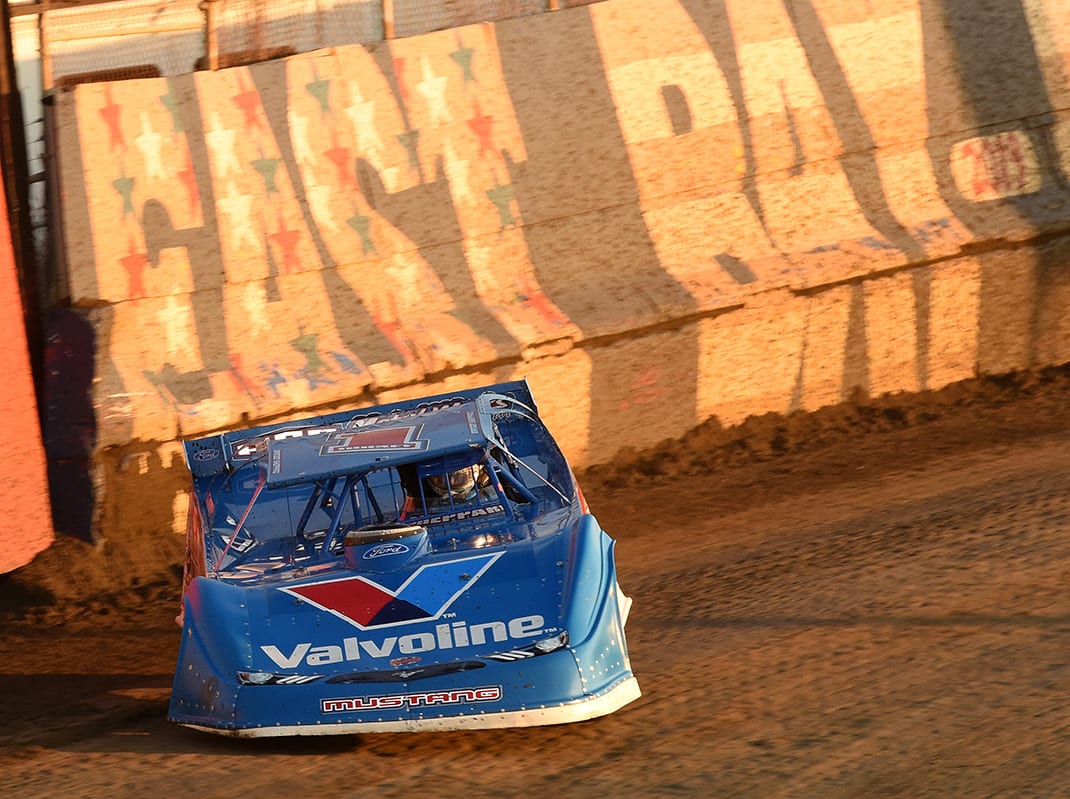It’s been a great 40-plus year run for East Bay Raceway Park, but unfortunately the days are numbered for the historic Florida track.
After years of negotiations, a neighboring industrial complex has acquired the rights to purchase the track in May 2024. The track will operate with business as usual until Mosaic Co. exercises its option to purchase.
East Bay is one of the most beloved and iconic tracks in the nation. Fans from across the country flock to the “Clay by the Bay” each February for the Winternationals, a multi-week stand of various racing classes that has served as a winter escape for three generations of race fans.
Nestled in the sandy Florida soil just off Highway 41 southwest of Tampa, the track is in close proximity to the waters of Tampa Bay. In fact, competitors long ago discovered that the tides of the nearby bay have a dramatic impact on track conditions. East Bay might be the only track in the nation where a tidal chart is consulted as you unload your race car.
East Bay is filled with character and atmosphere, from the palm trees dotting the landscape to the strawberry shortcake served at the concession stand. The pit area has become a familiar winter home to racers, and the seating area feels as comfortable as your favorite shoes.
The track was the brainchild of Jimmy Mingo, who operated a fish farm on the property in the early 1970s. Mingo envisioned a race track, but he wasn’t exactly sure what he wanted. He and his partner, brother-in-law Lonnie Prevatt, set about to find the ideal track size.

“Jimmy got the idea back in 1976,” says Al Varnadore, who currently promotes the track with partners Dean Varnadore and Mike Dezarn. “I’ve seen pictures of the property from prior to the race track and I’m amazed how much they had to fill in.
“This whole 28 acres was covered with ponds. They needed to fill in the whole property to build the track and they did.”
Just south of the track along U.S. 41 lies Gibsonton, a sleepy down-home town. In an earlier era, when dozens of organized circus acts toured the nation, Gibsonton was famous as their winter home.
Among racers, one of Gibsonton’s favorite sons was the late Robert Smith, a popular driver who each winter hosted dozens of racers and friends. The Smith family, along with the nearby Bullfrog Lounge, will be forever associated with the town.
Longtime sprint car owner Jack Nowling has also hosted hundreds of racers through the years during the winter months at his property, just around the corner from the track.
As Mingo’s original idea percolated in 1976, he confided in Smith his plans to build a new race track. It wasn’t long before Smith and his brother David brought their sprint cars to the site and unloaded.
“Robert and David started making circles with their cars and they played around to find the size they felt was good,” Al Varnadore explained. “They finally found what was comfortable and that was the foundation through all of these years since.”
The track opened on Saturday night, Feb. 5, 1977, with Paul Pitzer wheeling the Weikert’s Livestock sprinter to victory, trailed by Doug Wolfgang and Kramer Williamson. The event was part of the multi-site Florida Sprint Nationals promoted by Rocky Fisher.
East Bay quickly established itself as a track boasting a diverse schedule. In the early years the track annually hosted the season opener for the World of Outlaws sprint cars on the first weekend of February, with late models as the main attraction the following weekend.
